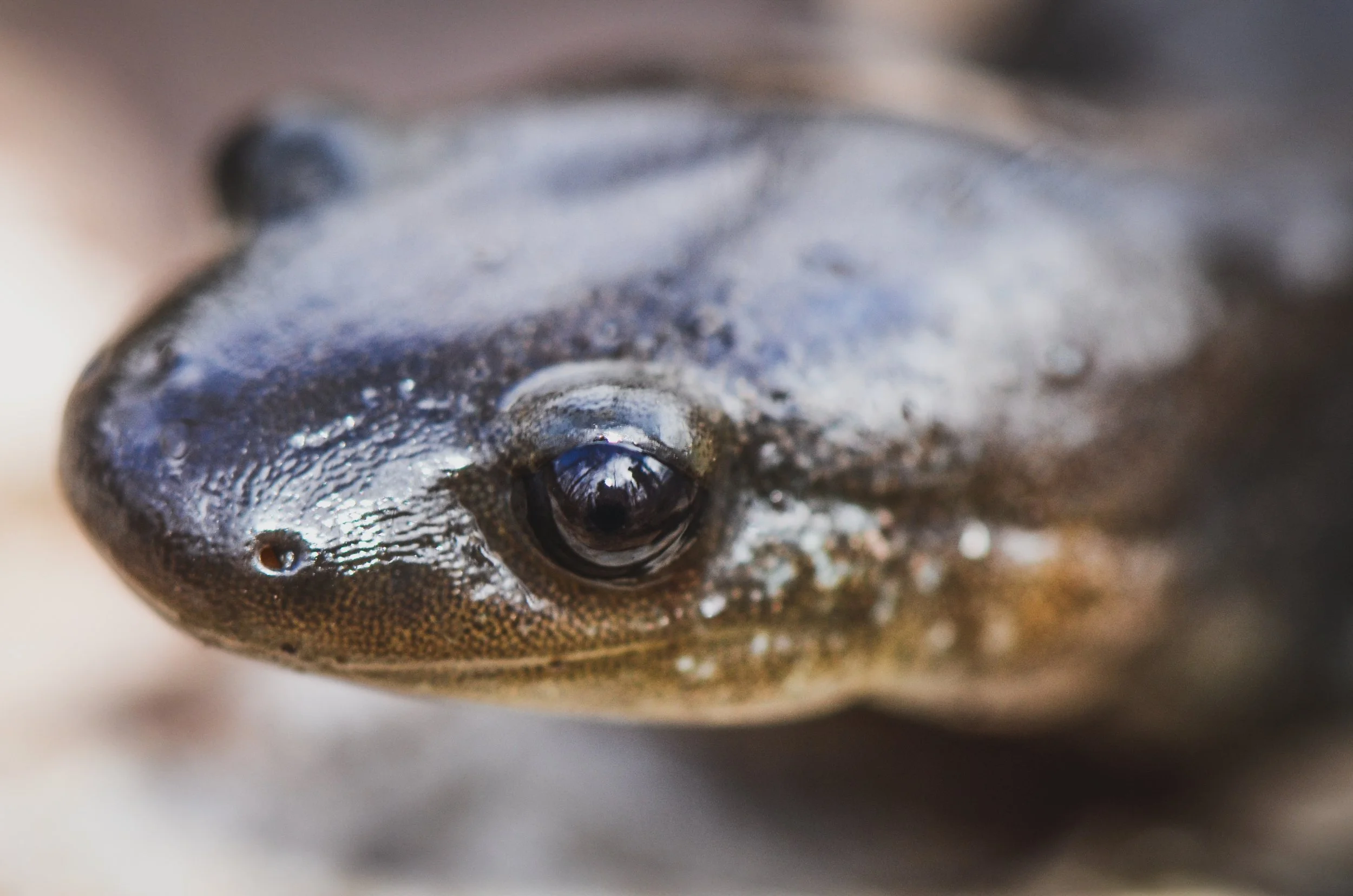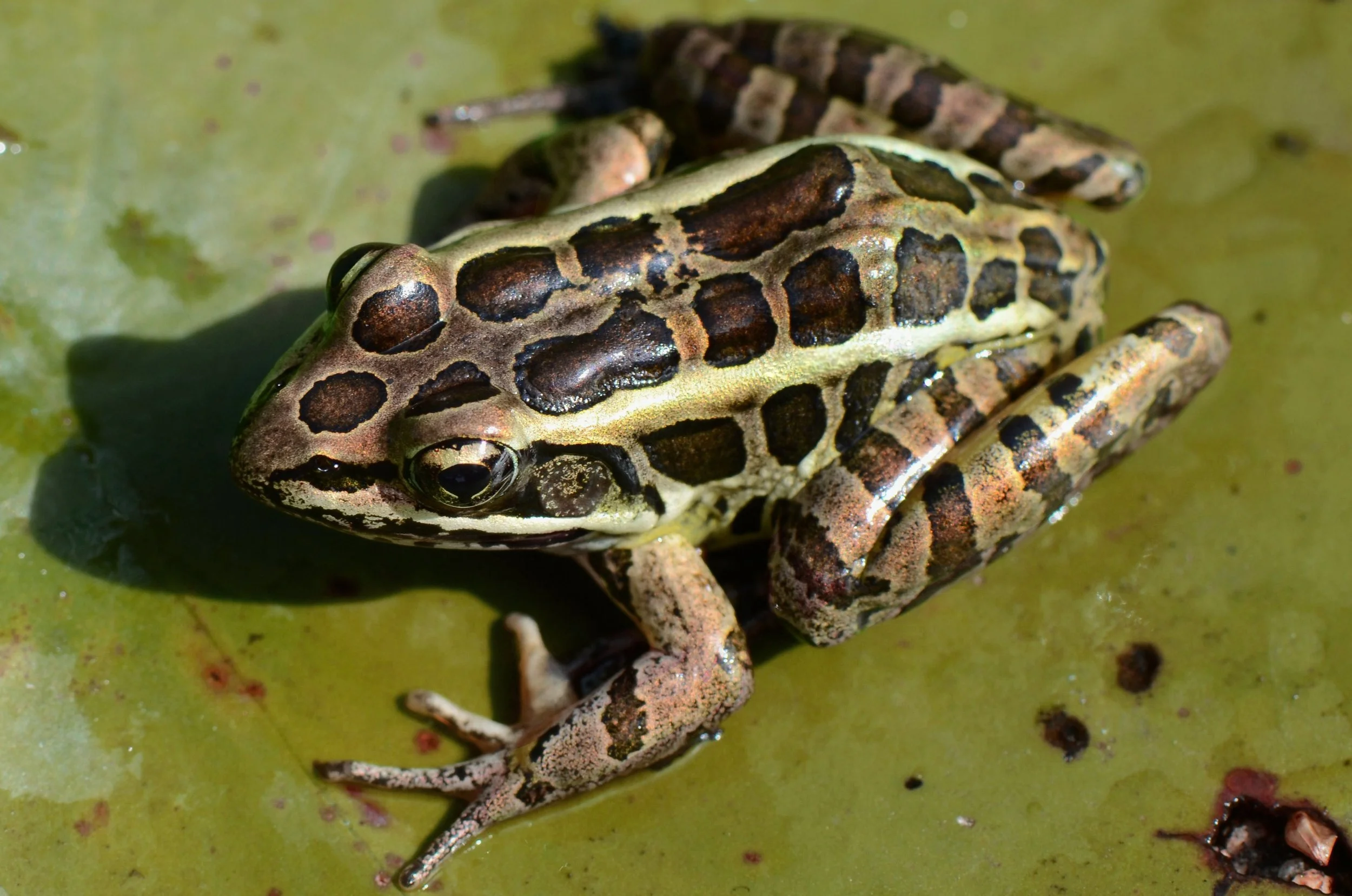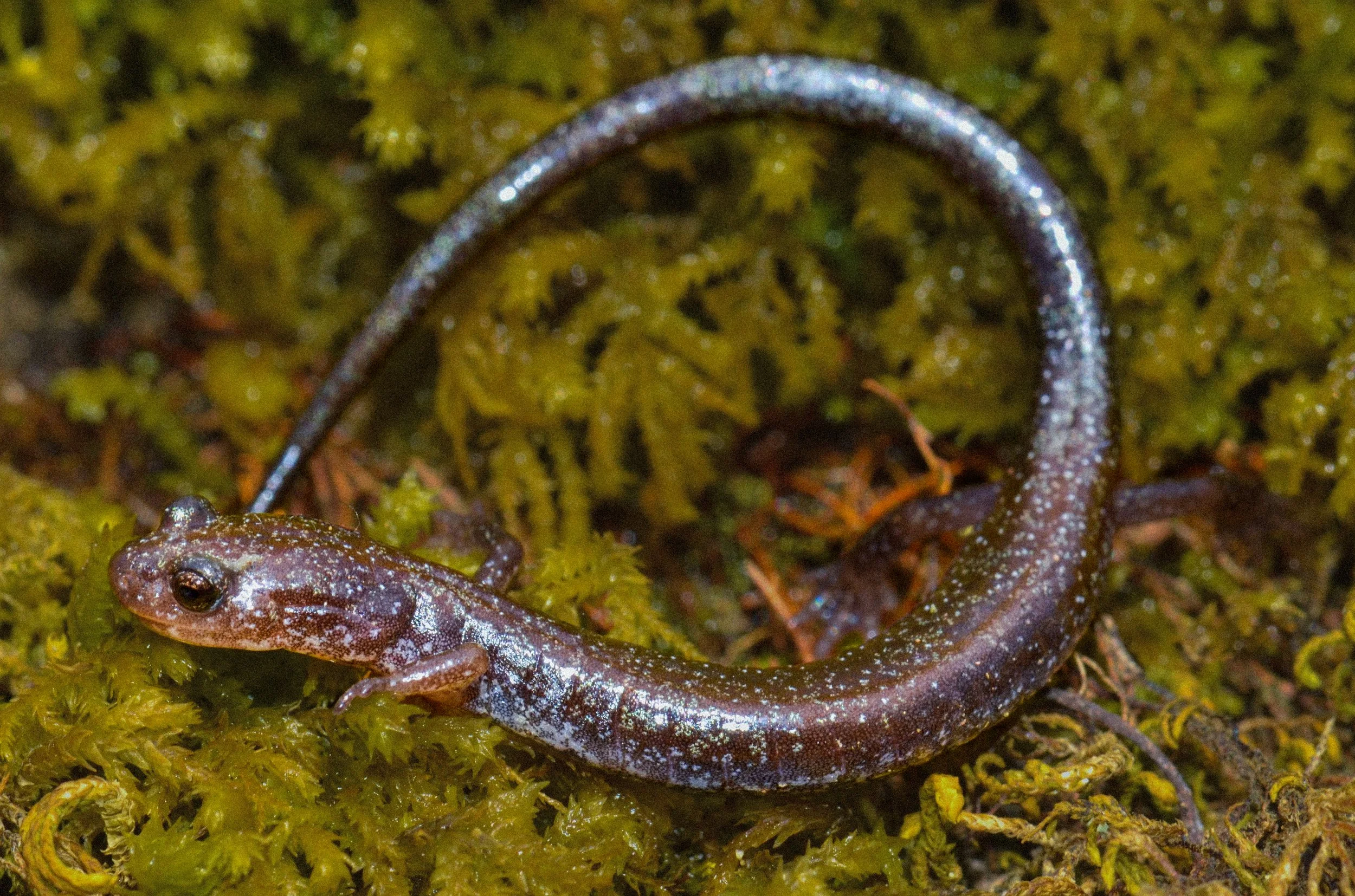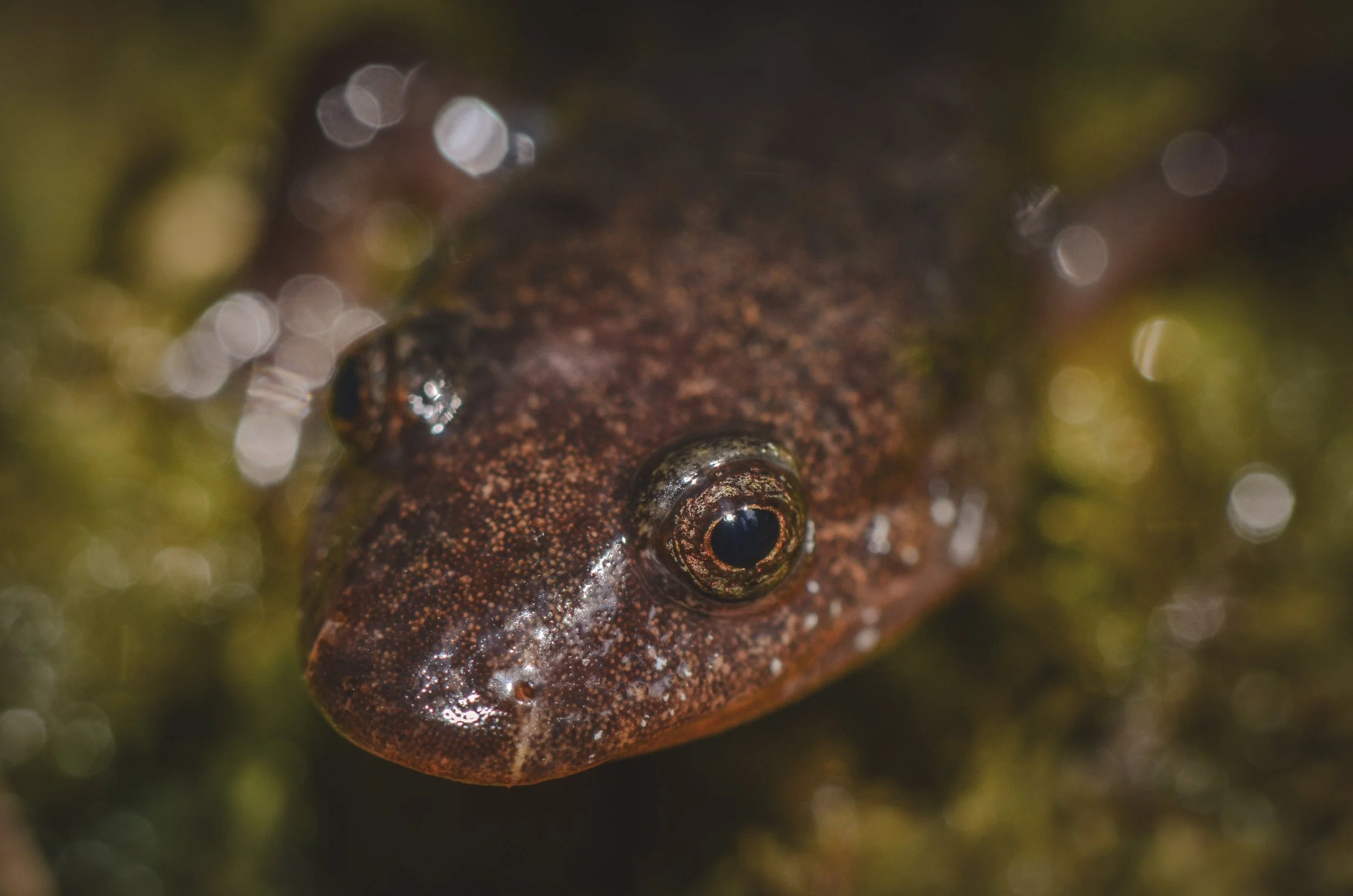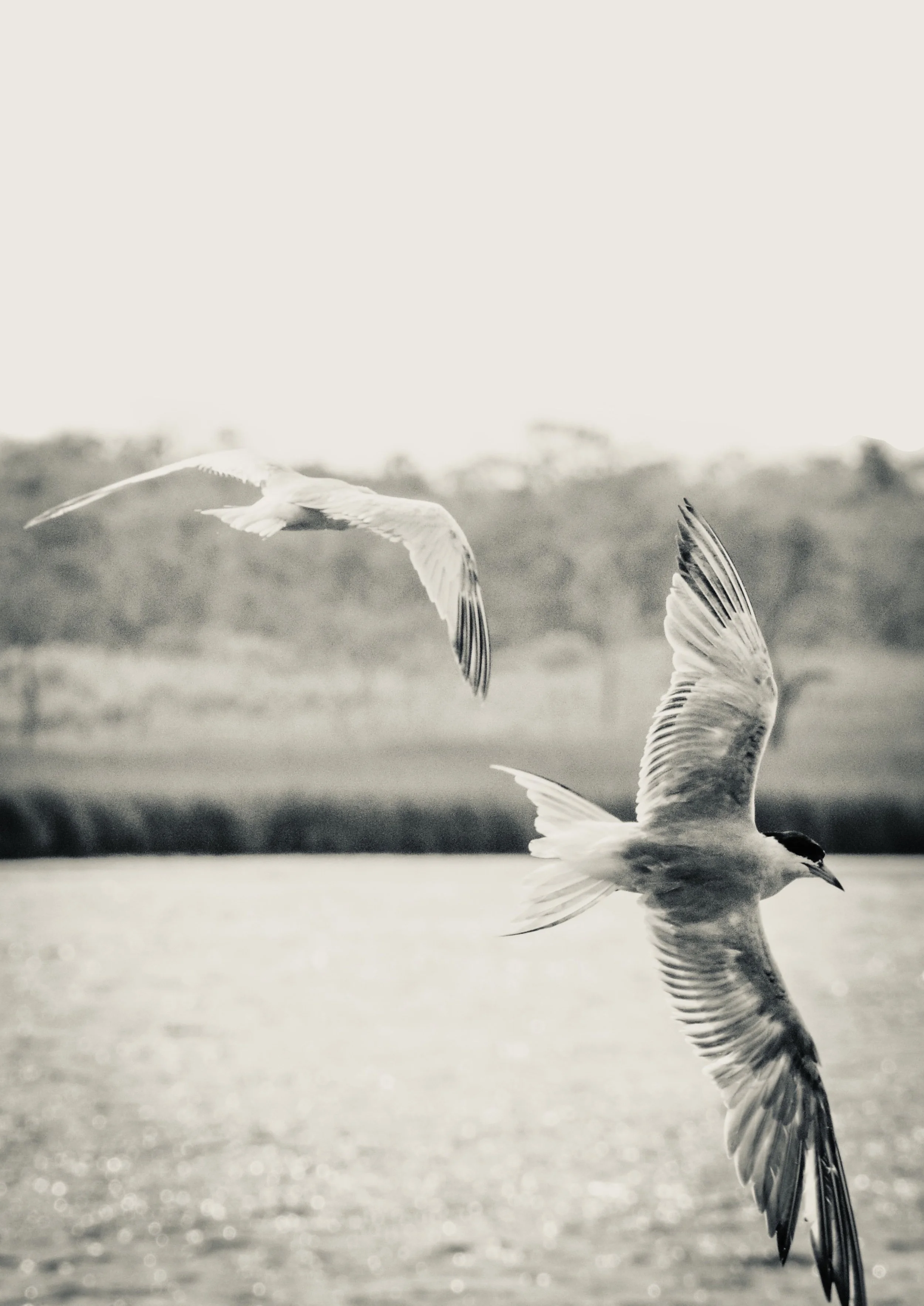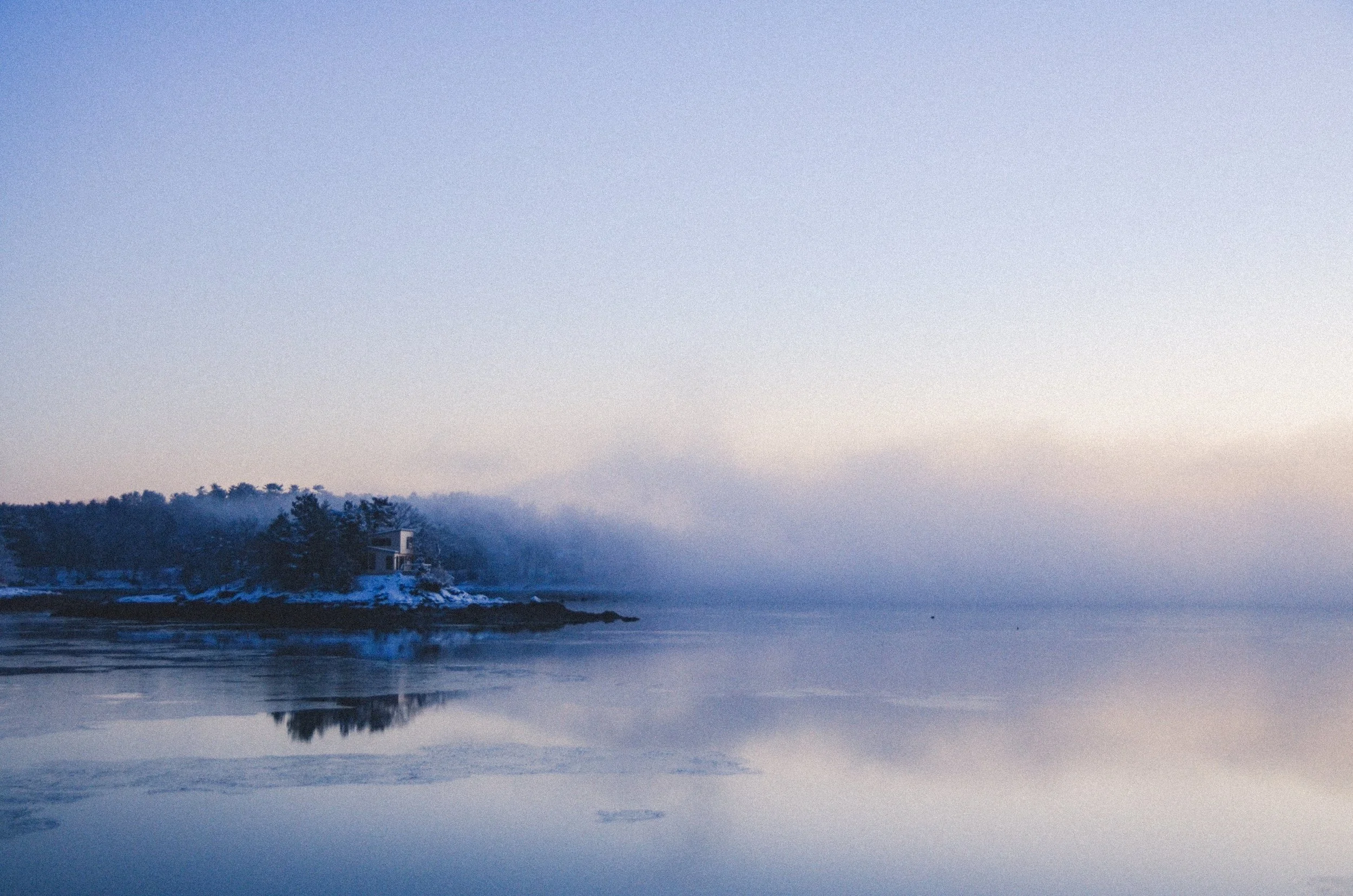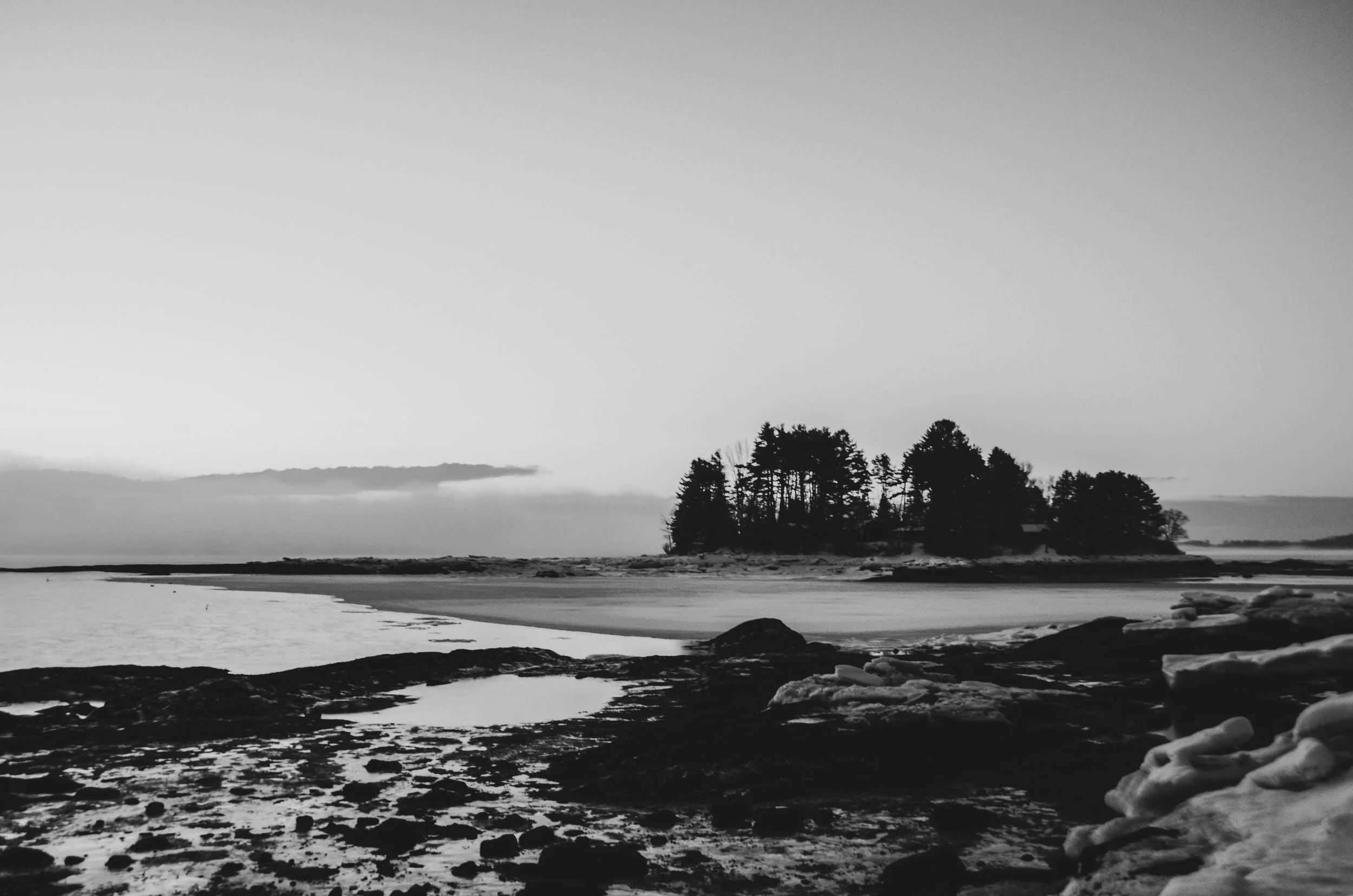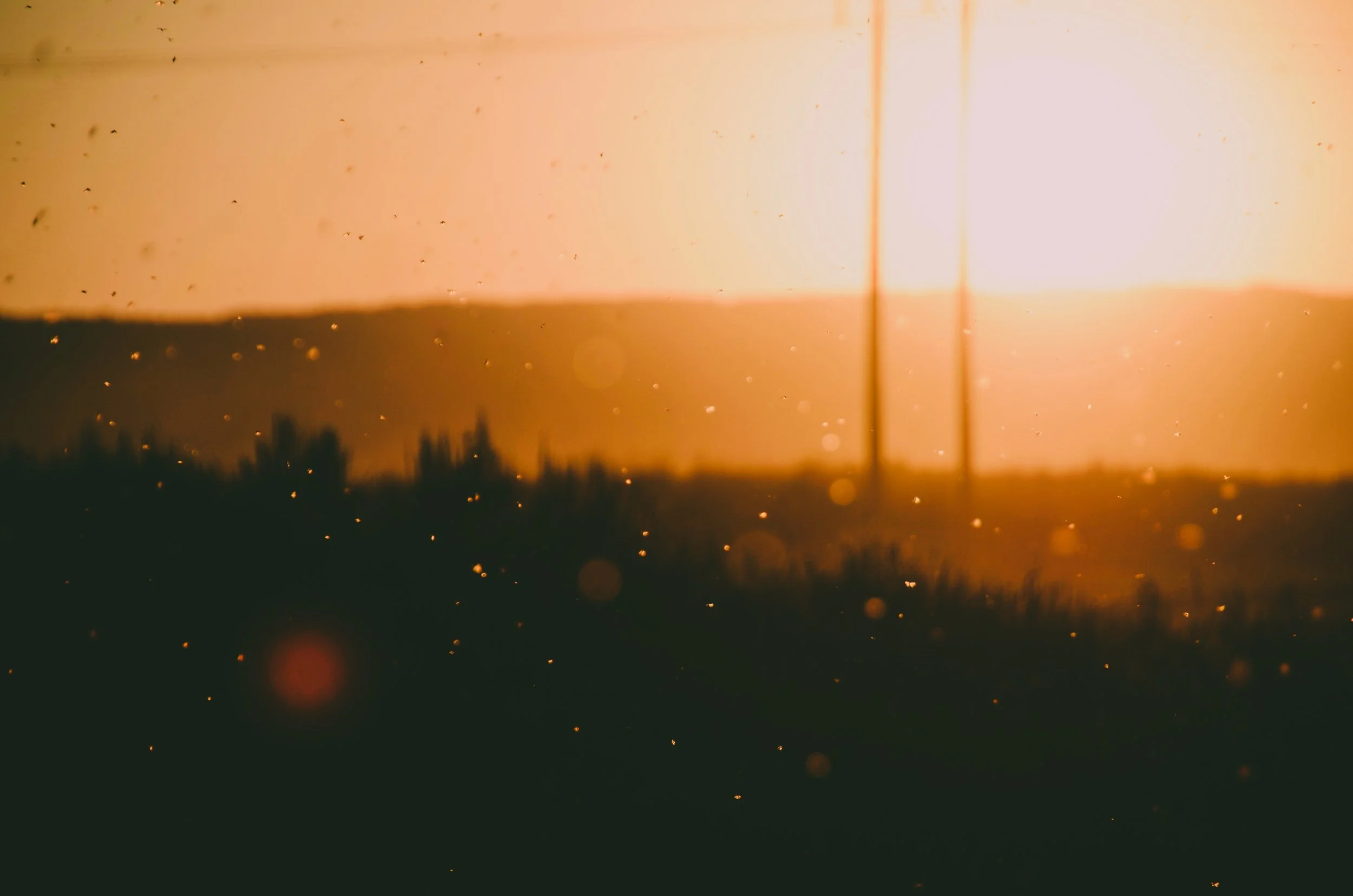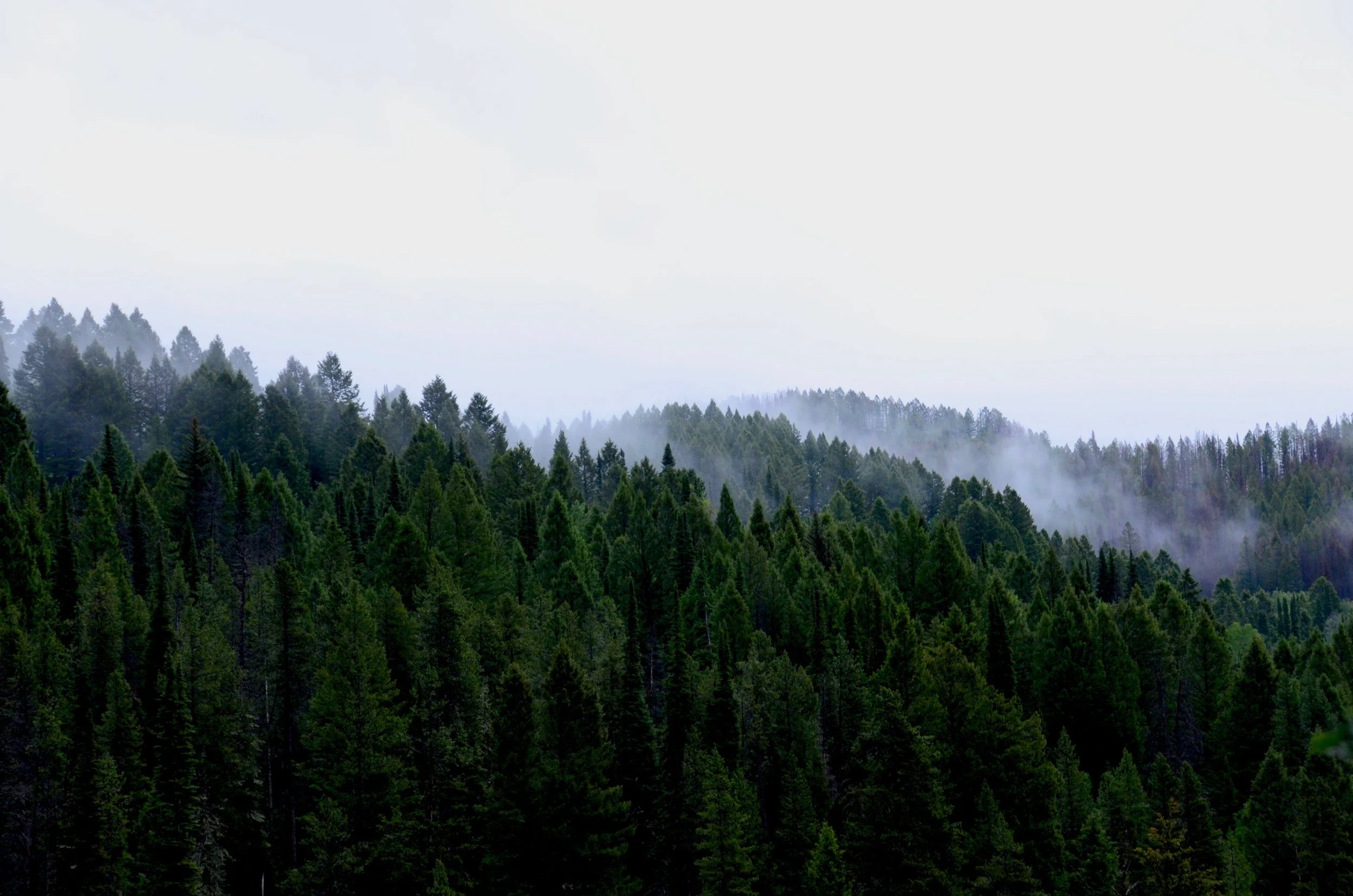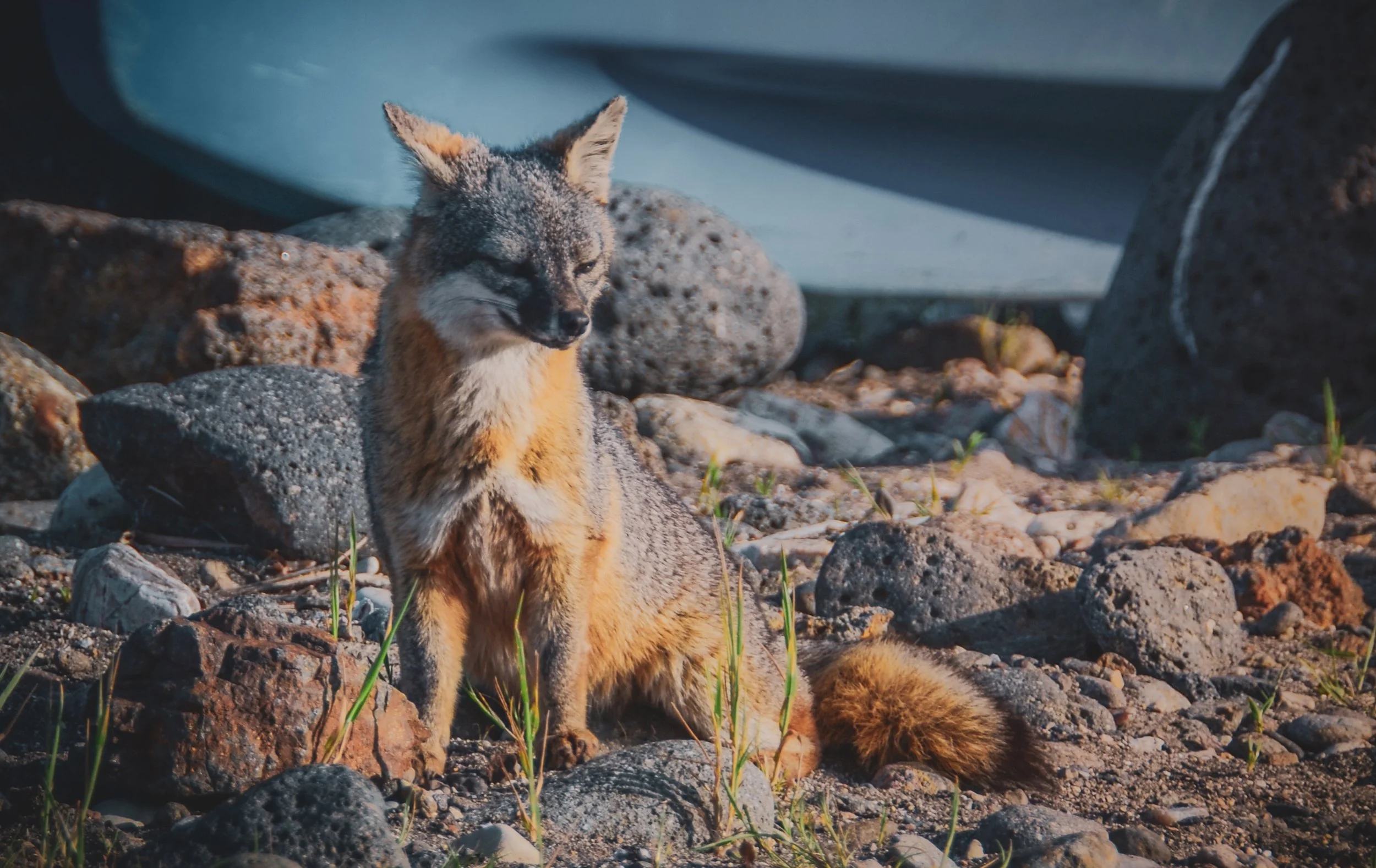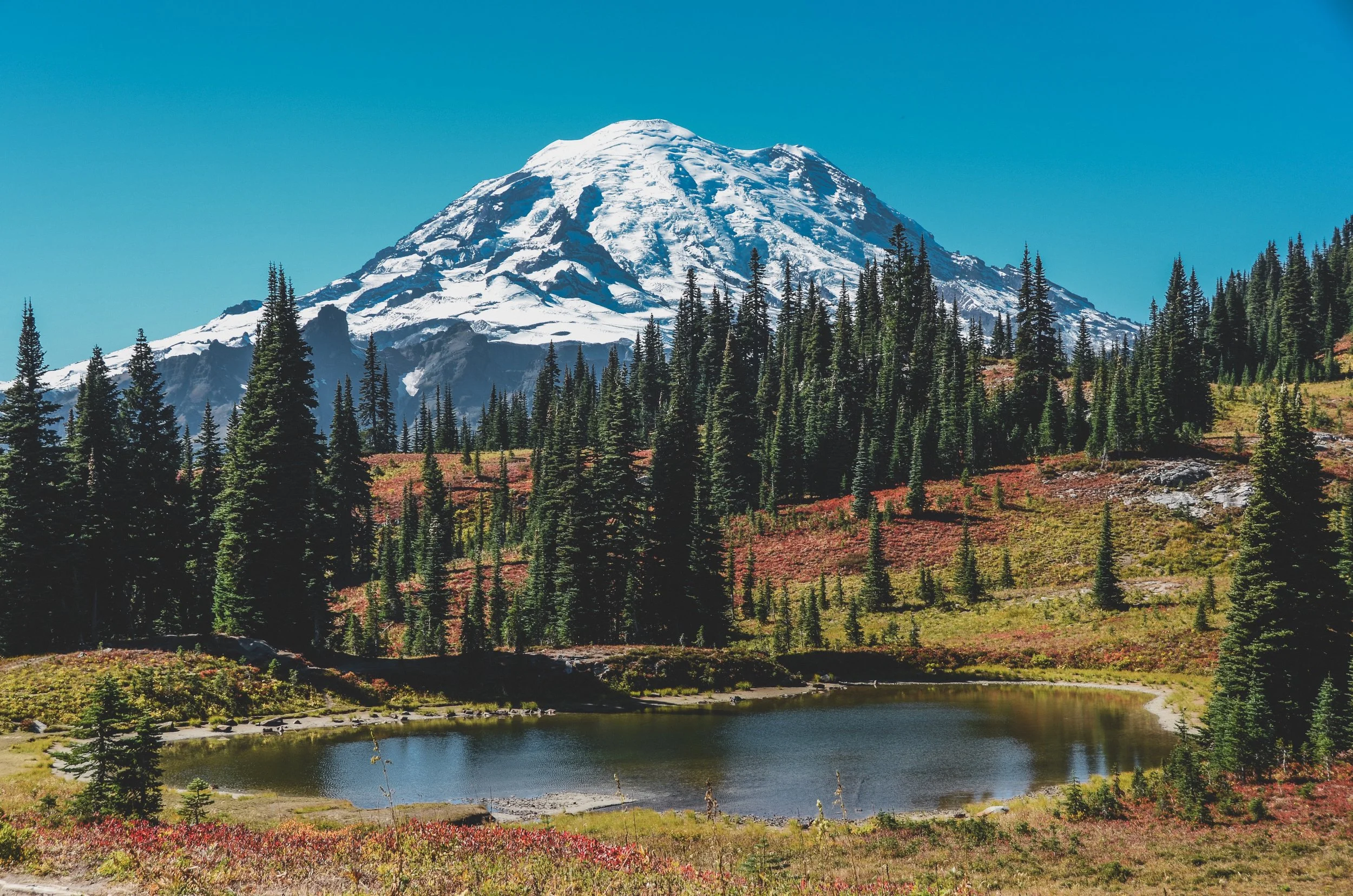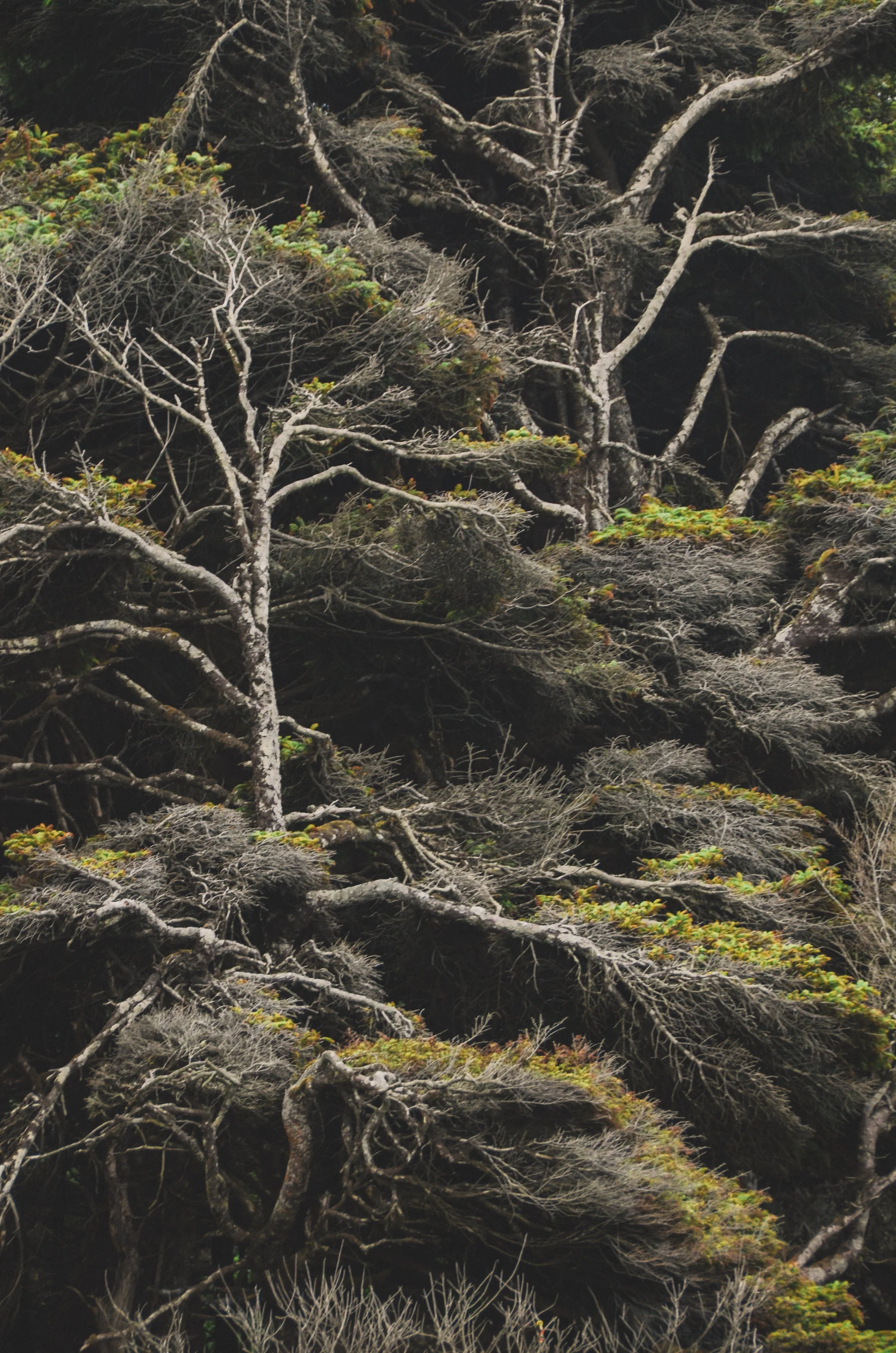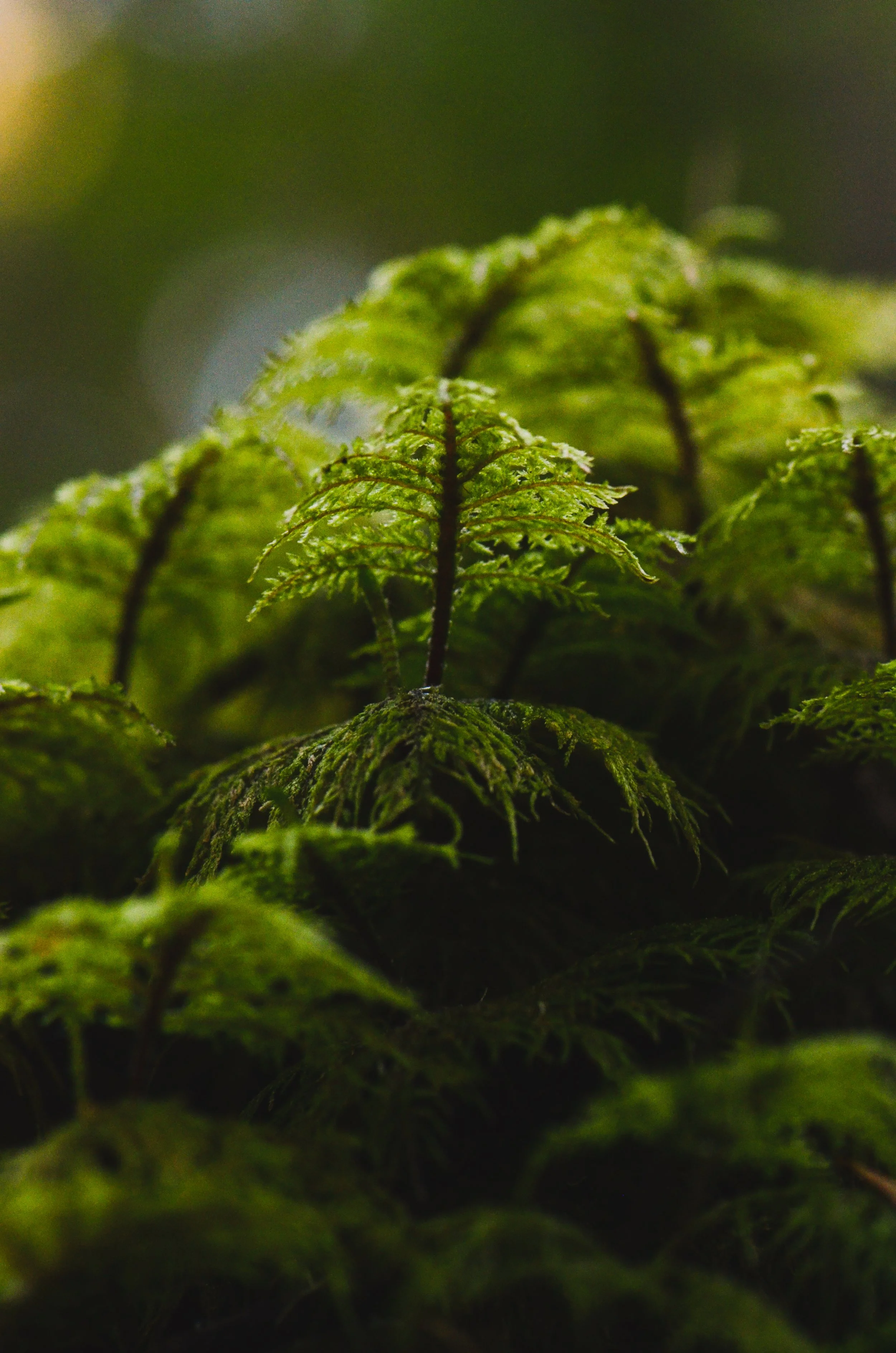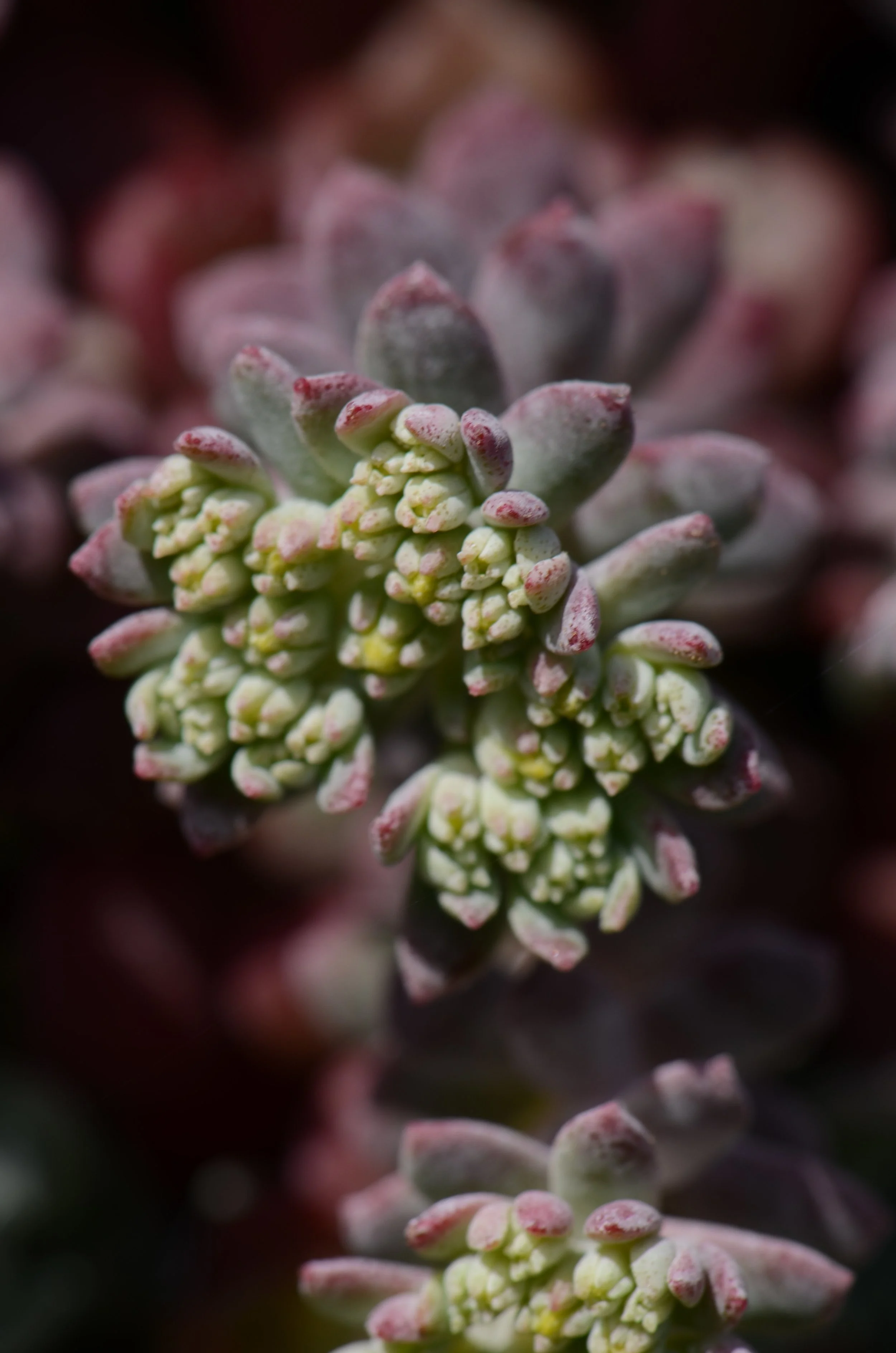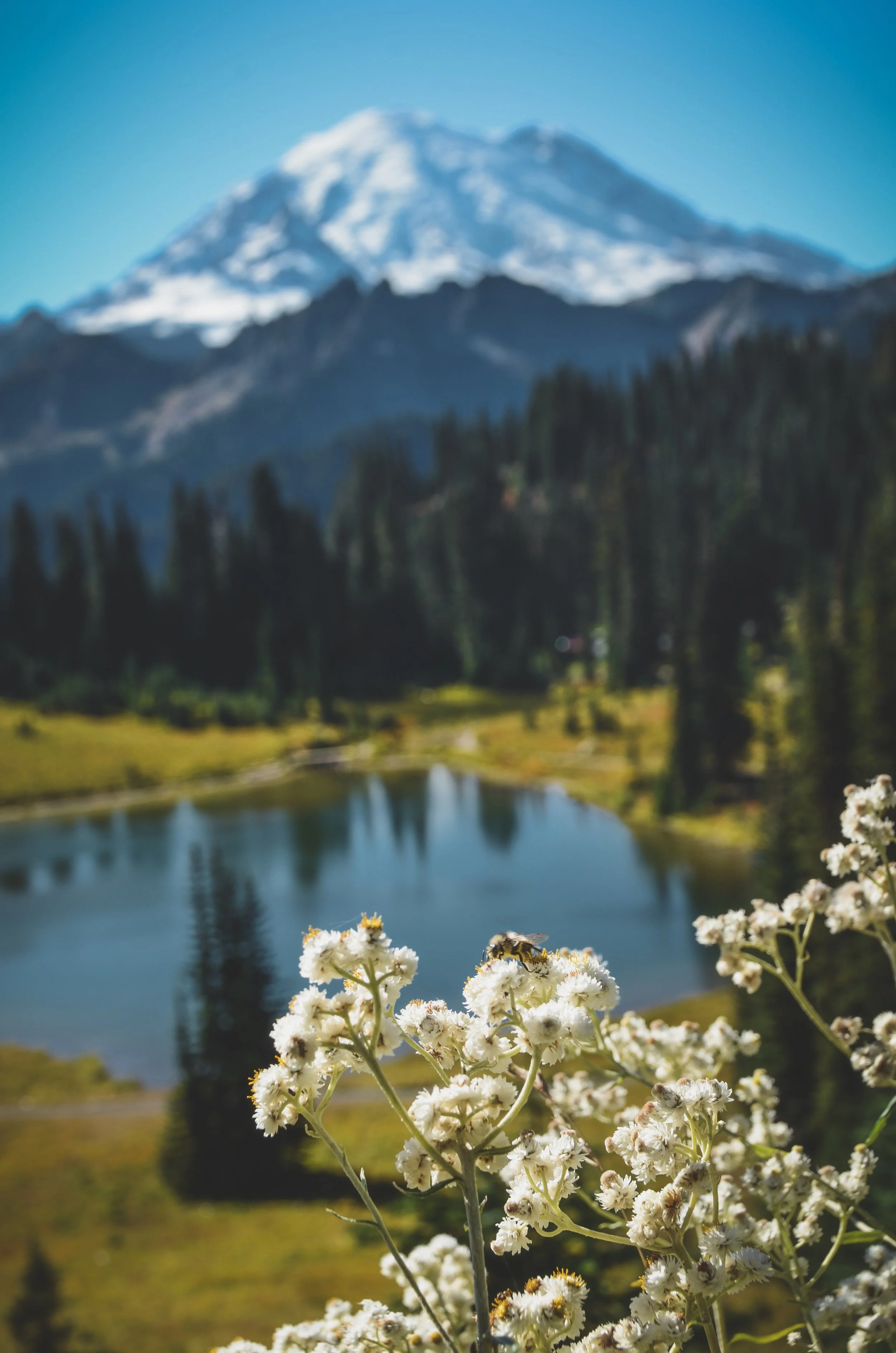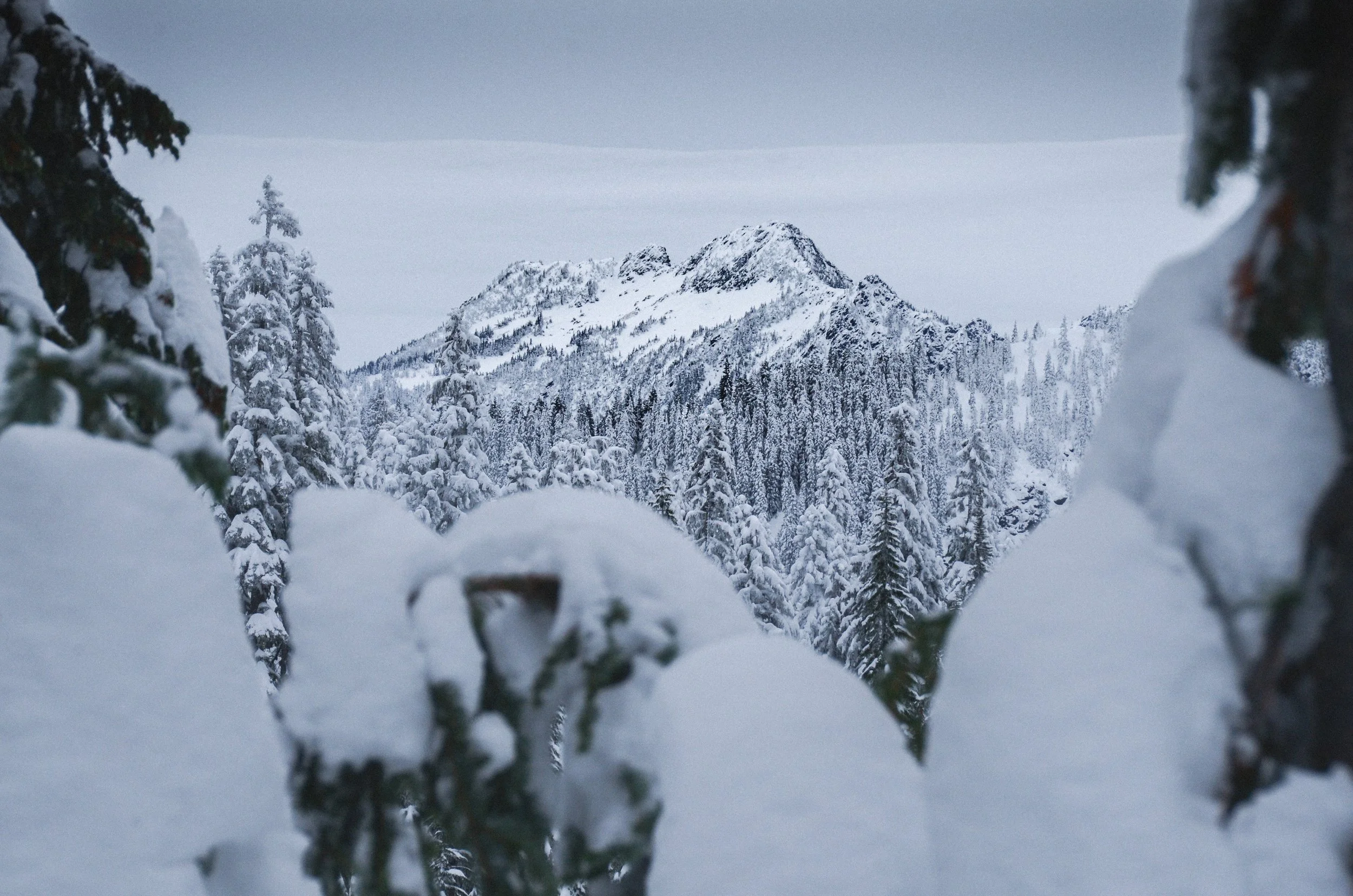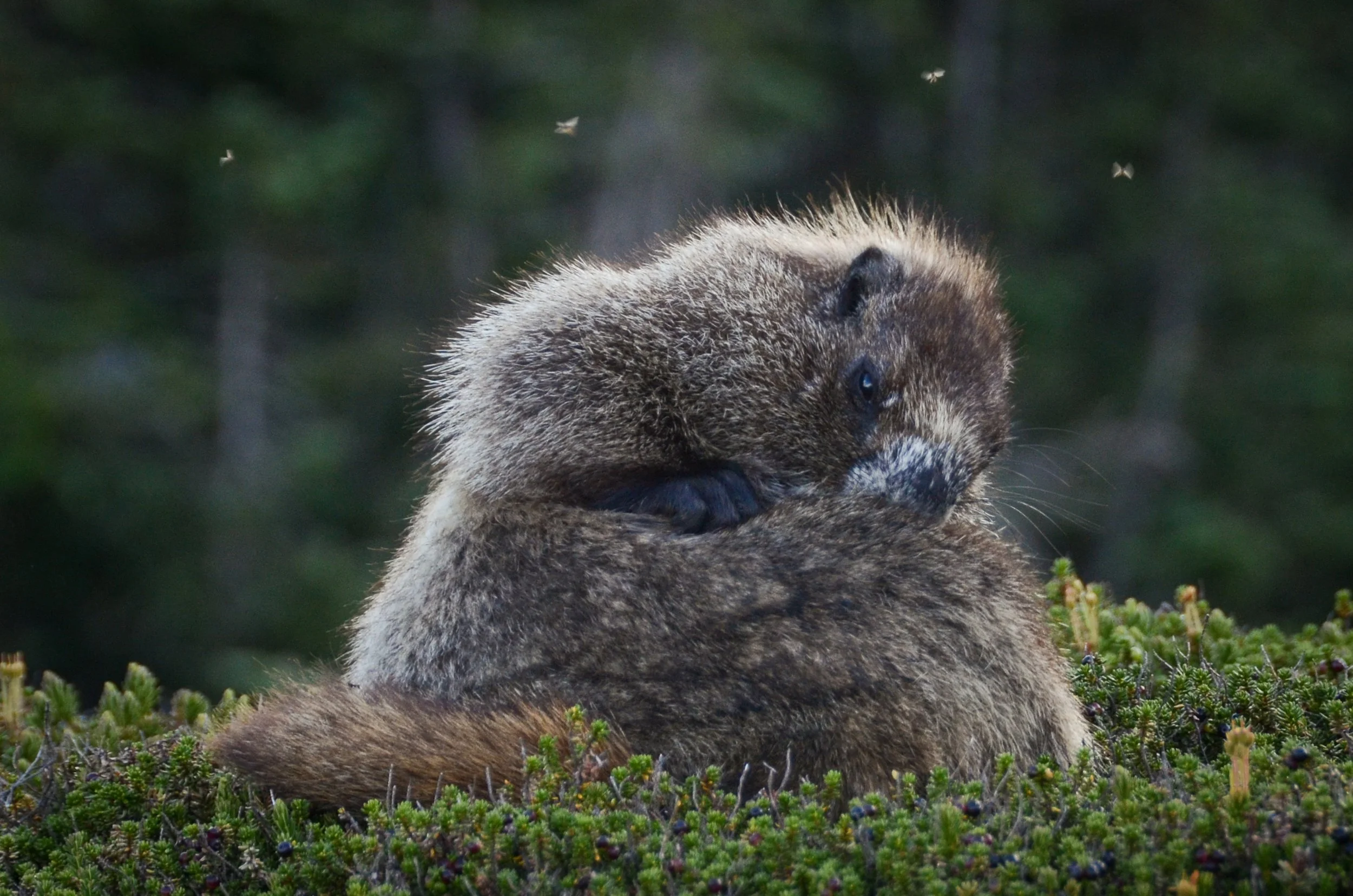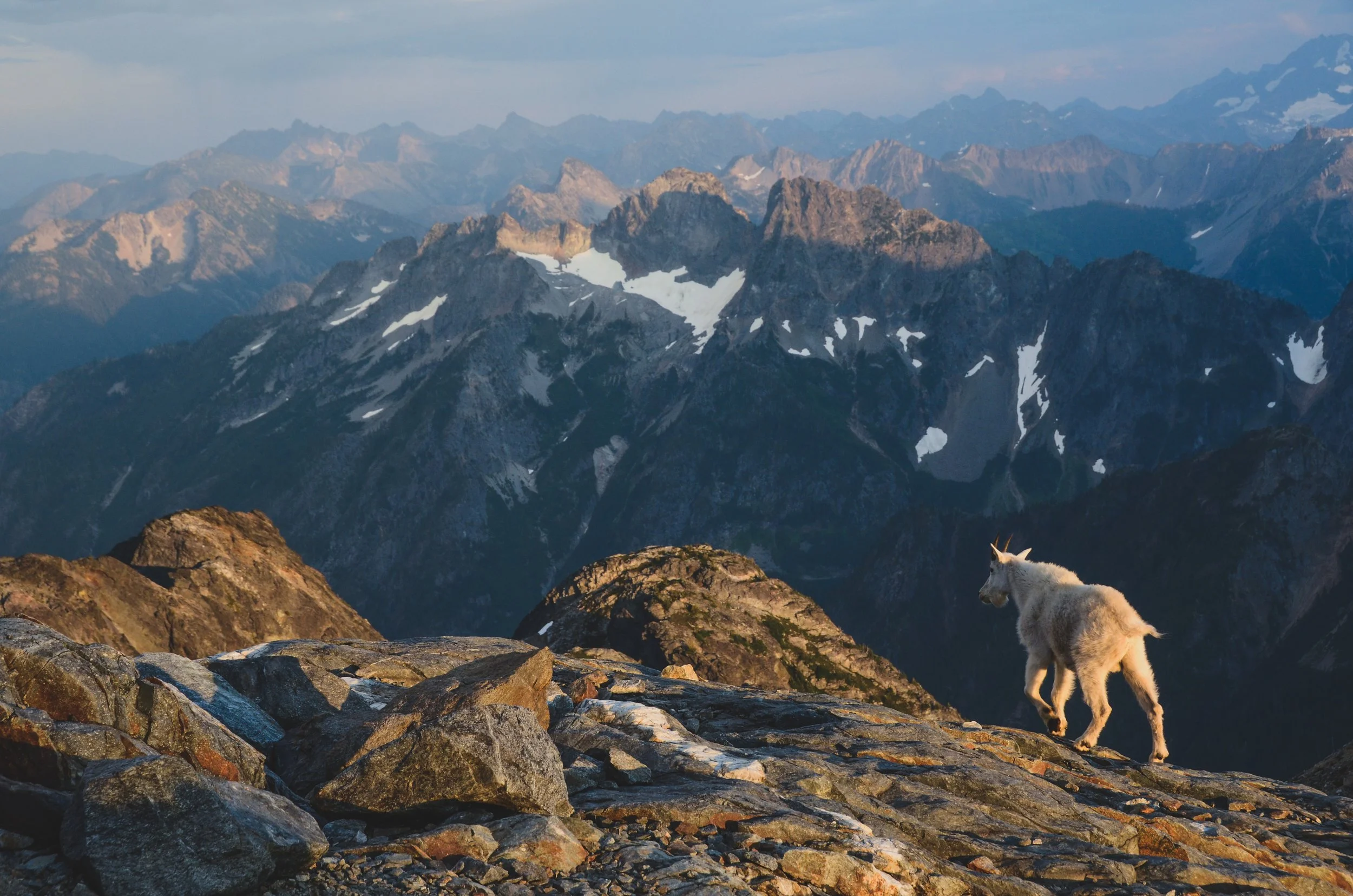SO THAT YOU MIGHT KNOW WHO I USED TO BE
10 YEARS OF PHOTOGRAPHS BY DOMINICK LESKIW
Hi! Welcome, and thank you for being here. Initially, I wanted this project to share the places, lives, and ideas that informed or inspired me over the last ten years or so—or that I witnessed at formative times in my life, times that are gone now, hence the title, “So That You Might Know Who I Used to Be” (I also, admittedly, just like how that phrase sounds). Upon reflection, however, many parts of who I “used to be”—parts, and motifs, and trains of thought that I like, or find meaningful, or believe are useful to contemplate—are still central to who I am. To me, this is a wonderful realization.
Most of the images here were taken between 2013 and 2023, though some were taken in 2011 and 2012, when I was just 11 or 12 years old. Many of these images I took toward the beginning of high school and early teenagerdom, when I would, as evidenced here, spend my weekends taking pictures of salamanders if I was not doing homework or playing soccer. The collection covers late high school and all of college, too, seasons of life marked by emotional turbulence and heartbreak, and a simultaneous deepening of my love for writing and music and my friends. These seasons also expanded my involvement in outdoor adventure groups, which led to my first experiences exploring the American West. Photographs toward the end of this range of years were taken following my move to Seattle after graduating college.
Several themes emerge early and continue throughout—loneliness, impressions, evenings, and the magic of the natural world are a few. I invite you to slow down and pay attention to the details of some of the animals pictured herein, especially their eyes and expressions, intricacies and iridescence, or simply behold ones you might not have ever seen so closely. I also hope you will share your own thoughts and reflections on some of these places or ideas. Many of these images I’ve largely kept to myself for the last ten years or more, and I am excited to finally share them with you.
A note: if you are able to peruse this project on a full-sized computer screen, I would encourage you to do so for the best viewing experience.
Early Days
These are some of my first photographs, taken between the ages of 11 and 12 on an Olympus E-500, my dad’s camera. The person behind that camera was a middle-schooler, utterly fascinated by herpetology (the study of reptiles and amphibians) and just beginning to perceive the magic of the natural world. Most of these animals I found on walks with my dad in forests and streams near my home or on summer vacations in upstate New York. They are all fairly common species, but I find their details and expressions captivating to this day.
Green Frog with an uncommonly vibrant turquoise jaw. Note yours truly reflected faintly in the pupil, surrounded by gold and umber vermiculations.
Allegheny Mountain Dusky Salamander, dark in color. Found in a seep in the Catskills of New York, near the lighter-hued individual pictured beside it.
Allegheny Mountain Dusky Salamander. This species varies in coloration from near uniform-brown to tan bordered by dark siding, but often has a series of distinct chevrons lining its back.
A young Northern Water Snake, small enough to balance gently atop a fern frond in New Jersey's Great Swamp. Juvenile water snakes like this one often have crisp, prominent bands which tend to fade slightly as they grow and age.
This has long been one of my favorite photos. A juvenile Wood Frog, no more than and inch or so long, amongst the leaf litter, with a tiny leaf atop its head.
American Toad—I enjoy the off-centered crouch of this individual, the moss-covered log and ferns on the dark forest floor, and the faint hint of spotting on the toad's underside, a characteristic useful in distinguishing this species from the similar Fowler's Toad.
A Mink Frog, common denizen of northern ponds and wetlands. I have always loved these frogs—having grown up outside their range, I would only see them on trips to the Adirondacks; as such, they always felt somewhat exotic, similar to the green frogs I found so often but with a distinct mottling of black upon their backs.
A Northern Cricket Frog, the only one I have ever seen. Its sandy coloration and bump-covered skin blend extraordinarily into the pebbly backdrop, and its detailed texture matches that of the small stones beneath it.
Reptiles & Amphibians
Nonetheless, I love these animals. In middle school and early high school, I would often spend weekends hiking with one or both of my parents, searching expressly for reptiles and amphibians. In those years, certain places, sections of trails, or even individual rocks or logs gained a mystical status in my mind because they were forever imbued with the memory, or mere possibility, of finding a particular species.
____________________
*I can attribute it, at least partially, to watching a lot of Steve Irwin and Jeff Corwin growing up.
It’s strange to me that I don’t know exactly how my fascination with reptiles and amphibians began, even though it has stuck with me all my life*.
There was the pile of oak branches stacked in a sandy outcropping, guarded by battalions of poison ivy, deep within which I once found a box turtle. There was the large stone at the end of a hike in the Adirondacks under which I found the same black and yellow spotted salamander two years in a row. There was the grassy rockface in a local park where one glorious day, my dad and I found a treasured milksnake, and despite earnest searching for years after, never saw one there again.
I have so many memories like these, and I can recall at least a few similar details about all the photographs included here. I am so grateful to the individual animals who made such profound impacts on me, as well as the places in which they live.
I still love looking for reptiles and amphibians. In fact, I will sometimes plan a day around searching for one or more species. Doing this connects me to a childlike sense of wonder; it helps me feel grounded and purposeful to approach the day with such excitement and deliberation; and it allows me to spend focused, attentive, curious time in the natural world, in contact with creatures whose lives are brilliantly distinct from mine, who I can learn from, and who I am encouraged to experience in all their scaly, sticky, musky, sonorous, colorful, and endearing ways.
The Black Snake
This will be the only photograph in this collection that receives its own accompanying text—not because of the image itself, but because I am in love with its story and subject.
One April day many years ago, my dad and I were hiking to an overlook in the Delaware Water Gap. We were there (as you could probably gather by now) because I wanted to look for reptiles and amphibians. I did not have high hopes; it was cold enough to be wearing fleece coats and beanies—not ideal snake weather.
We saw nothing the whole way up, even though I was sending serpentine pleas out to the universe, to please let us see a snake.
Then, to my surprise and elation, tucked away on the mountaintop, peeking out from under an enormous, lichen-wrapped boulder, was, miraculously, a Black Rat Snake.
In her essay, “Dispatches from the Valleys”, Helen MacDonald writes, “Encounters with creatures are always with a real creature, but they are also built out of all the stories and associations we’ve learnt about them throughout our lives…and while we should honor their lived reality and trust the science, I wonder if we might also be readier to accept what animals’ emblematic selves are trying to tell us."
It’s hard to fully recall where I was at in my spiritual journey then, but I believed in signs and wonders, and that is what this snake meant, and still means, to me.
I picked the snake up; it was very gentle. When I moved it to a more open spot to take pictures, it posed as if agitated, yet expressed no anger. It was so beautiful, with hints of blue and purple, cream and umber iridescing off of its scales.
Simply put, this snake was a gift, and I hope you are able to look at the next snake you see as such, too.
A Long-Toed Salamander poses on a leaf showing its namesake appendages and characteristic golden stripe. Every individual’s stripe is different, like a fingerprint.
A Northern Red-Backed Salamander. This species comes in two forms—one with the eponymous red-back, and another, the "leadback," pictured here. I love the blue flecks on this salamander; they remind me of stars or snowflakes.
A Long Tailed Salamander. This is one of my favorite species. I think they are gorgeous, with their vibrant orange-yellow bodies and striking black markings.
A juvenile Spotted Salamander, found under a log in the Poconos one autumn.
A Northern Dusky Salamander, found beneath a stone in a cool eastern Pennsylvanian stream—notice its incredible eyes.
The Jersey Shore
I can’t say I remember seeing my first sand shark, lifted out of a crab trap set in the blue-brown water of Cape May Harbor; nor do I remember how I felt in that moment, beholding, and then actually holding, that small living sliver of magic. I don’t remember if I perceived the friction of its sandpapery skin on my soft hands, then only 5 years old; I don’t remember if I registered its surprising strength, its whole body flexing as it wriggled, or the sound of its small tail smacking against my arm.
All I know is that day made a wondrous impression on me.
It is hard sometimes to isolate distinct memories from impressions. I think this is because I have gone to the shore so many times for so many years, often to the same towns to do various iterations of the same activities. Yet, there is nothing monotonous about this; in fact, there is something beautiful about the ritual of returning, of old and new overlapping and coexisting. And these impressions are part of me; I am sand sharks, and terns blurring across the sky, and egrets wading in the tall grass; I am lavender, and water snakes, and people walking on the wrack line; I am the jetty, and its gigantic stones, and the heat they hold, and the child jumping from one stone to the other, and the teenager sitting there watching the terns whir by, and the old man leaning on the lighthouse at the end.
A sand shark, more formally known as the dusky smooth-hound. An entire world rests just within its eye.
Bottlenose dolphins enjoy the wake of a popular tourist boat.
Maine
Maine holds a very special place in my heart. It’s where I went to college; as such, it’s a place I associate with togetherness, a sense of home, emotion, and learning. Going to Colby expanded so many parts of my life, and the new people, new places, new experiences, new ideas, and new teachings inspired expansions in my photography. College—a time also of much yearning—is where I began to appreciate grainy, nostalgic aesthetics, and the simultaneous uncertainty and freedom of disposable cameras. Too, snow and ice, shadows, islands, waves, froth, mist, sea life, and the rugged coast drew me toward themes of intensity, austerity, mystery, turbulence, community, loneliness, and peace.
Before all of that, Maine was where I fell in love with whales. Once, my parents and I went whale watching out of Bar Harbor. It was a foggy morning; at one point the mist was so thick we could not see even ten feet in front of the boat. Then, strangely, we emerged into a clearing, as if the sea were a field and the fog, an ethereal ring of trees. In the clearing, whales were surfacing all around, their black backs and flukes inscribing themselves like strange marks of punctuation into the sky, turning the dull grey day into a story of awe and strangeness and wonder.
The photos in this section capture only a minuscule fraction of my time in Maine. But they do capture, I think, at least a handful of the elements, impressions, and colors that make up the spirit of the place, particularly its coast.
The Maine coast at sunset. This image was created by using the Brenzier panorama method, in which multiple frames are taken over a wide swath of landscape, then stitched together, to capture a depth and breadth that a single picture would be unable to capture.
Wyoming
The summer after my first year of college, I worked as a fly fishing instructor for an outdoor education company based in Jackson, Wyoming. So many of the photographs I took that summer are imbued with pinks and lavenders and hints of blue and gold – the colors of dusk and occasionally, of dawn.
This crepuscular palette is what I now most associate with my time in Wyoming. I think this is because it is a gentle palette, soft and delicate. This calmness doesn’t so much stand out against the hectic, virile mood that characterized most of that summer, but rather, swaddles it, as if to say, there is rest here, and a serene, pulsating grandeur. There was company, and a certain sweet, unplaceable longing in the silhouettes of friends and colleagues, in the last lingering flints of light ringing like soundless windchimes above the river, and in the beautiful faces of trout caught and trout never to be seen again.
A handful of these photographs I took the summer after I graduated from college while on a cross-country road trip with my friend, Hannah. After a fitful night attempting unsuccessfully to sleep in Hannah’s car – perhaps for fear of bears, perhaps because our cramped quarters resulted in a quasi-tectonic subduction of my sleeping pad below her’s – we agreed to leave Montana at around 3 A.M. and head south toward Yellowstone and the Tetons.
Much of our cultural aggrandizing of the American West and its wilderness is flawed, undoubtedly (see William Cronon’s The Trouble With Wilderness) – but there is something to be said for the sense of adventure places like these instill.
It was incredibly special to experience the parks as we did, at least for a little while – shrouded in fog and moonlight, quiet and crowdless, save for the bison and mayflies, and brimming with ordinary magic.
California
I love California. The first time I visited was while leading a spring break trip my sophomore year for our college outdoor club. Somehow, my co-leader and I convinced the school to let us spend a night on one of the Channel Islands, go whale watching, and take an eight-hour day trip to Sequoia National Park. Here are some of the entries I made in my journal from or just following that trip:
This place has been like a dream. An enchanted place, almost edenic, with massive eucalyptus trees whose bark, in particolored creams, greys, and rust peels like dripping watercolor paint, whose waxy blue-green seeds smell like earth and citrus when sliced open, who grow in the most unusual, magical, knotted ways, clambering the ground and reaching all over the sky with thick, olive, leafful branches.
Then there are the foxes. Miniature, sly, delightful. Drooping, poofy cupped ears. Warm grey and orange fur with small, hungry, cunning, weathered, dark eyes. The whole landscape, including the foxes, reminds me of The Little Prince. Flowers, meadows, hills, deserts, foxes, friendship.*
I know that all sounds romanticized, but it feels nice to be awed by something I haven't ever seen before, something so lovely and new and calmly, rollingly striking that I am often stilled. We saw THOUSANDS of dolphins on the way out here. Probably 8,000 or more, since for every one at the surface, there are seven more below, according to our guide. It was a vast, awesome pod, seemingly endless. To experience being in the midst of splashes, dives, spouts and squeaks was cheerful, grounding, and uplifting all the same.
____________________
*Sadly, eucalyptus trees, I later learned, are not native to California, despite their whimsical beauty. Perhaps, in a way then, they are like the baobabs in The Little Prince.
I can say I feel close to pure joy thinking about our sunset swim on the sycamore beach and I want to believe that in that moment, I was beyond-words happy. I can say I wish I took more pictures but I’m glad I spent a lot of time looking, touching, smelling, listening and tasting the world around me.
...
I'm not sure how to go about explaining my experience in Sequoia National Park. I was...unearthed, sent dazily, damply floating through the giant forest full of moodful fog and rain flecks. The trees, which began appearing on the roadside through the fog at about 6,500 ft elevation, have a strange bark—it is saturated with a rich, reddish-orange hue, smothered sometimes in mosses or burn marks, and appears almost fur-like, mammalian, with tiny hairy fibers laid flat by the surrounding moisture. I'm not sure I felt I belonged or deserved to be there. Maybe I did. I got the impression that amidst the crowds and the cars, the trees have had to start whispering, passing notes to one another like children despite their grand size, in order to communicate amongst themselves and around the noise. We recorded the silence inside the General Sherman Tree. It did not feel right to watch someone reach in and penetrate that silent space, but what we heard when we played it back was nothing—no noise, not really even sound. I wonder if the trees are shy or proud or none of that at all. I can't say I recall their sentience but I think I sensed it when I was there, just as I sensed the minuscule rain droplets, almost airlike, falling slight and quiet in the presence of the massive.
A few months after the outdoor club trip, I was back—this time as part of a summer fellowship researching the ecological and cultural significance of abalone declines and subsequent restoration efforts all along the coast.* For about three weeks, I lived with my professor, his two children, and, when she was not pursuing her own research as a fellow Colby professor, his wife, in a particolored campervan that carried us 600 miles north from La Jolla to Bodega Bay. Needless to say, it was quite the experience—questions are welcome. I learned so much on this trip: about travel, about journalism, about the coastal landscape, and of course, about abalone and the people who love them. I also gained a new appreciation for the mindset of “jump in, then learn to swim,” which I found myself having to do often then, and still push myself to do today.
____________________
*Abalone are giant marine snails. You may have seen their shells, which are typically large and exquisitely iridescent on the inside. Eight species live off the coast of California – all are imperiled. They are amazing animals. I wrote an article about the abalone odyssey and our findings, called Holding Fast, or Failing?
Cascadia
In September 2021, I moved to Seattle, Washington. Four months earlier, as I was preparing to graduate from Colby, I had no idea I would be making such a move. It’s still too soon to say exactly what the Pacific Northwest has meant to me. In working on this project, however, I’ve realized that Cascadia has been the subject of hundreds of my photographs, more than any other place I’ve so far described. This surprised me, as in my time living here, I have struggled, especially with feeling truly connected to the region’s landscapes—for while they are diverse and ancient, grand and stunning—to me, they have simply not felt like home. It is reassuring to know that I witnessed an abundance of scenes and lives here that I did find beautiful, and that I am excited to share.












